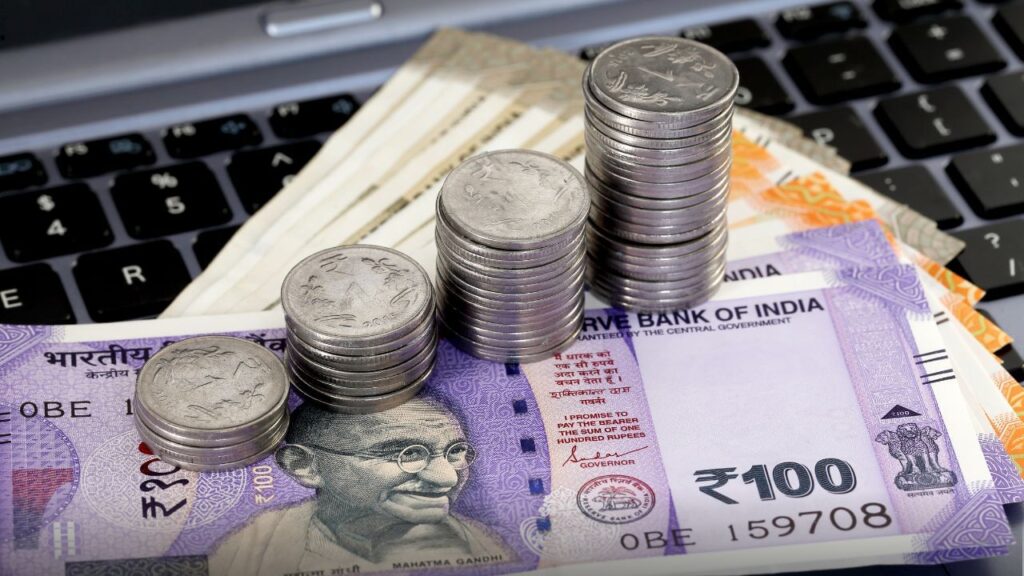On August 24, the Modi government launched a new pension scheme known as the Unified Pension Scheme (UPS). This scheme aims to provide pensions to government employees, similar to the Old Pension Scheme (OPS), but with certain new regulations. It’s important to note that the pension fund created by the government for its employees is referred to as the General Provident Fund (GPF).
Understanding GPF
The General Provident Fund (GPF) is exclusively for government employees. Accounts are opened for both temporary and permanent employees who have worked continuously for at least a year in government institutions. Under this scheme, employees are required to contribute a minimum of 6% of their salary to the GPF, as long as they are not suspended. Upon retirement, they receive a lump-sum amount. However, with the introduction of the new Pension Scheme (UPS), the significant drawback is the lack of provisions for contributions like those in the GPF.
Key Features of the Unified Pension Scheme (UPS)
The UPS includes a provision for assured family pensions. In the event of an employee’s death, their family will immediately receive 60% of the pension. Additionally, this assured pension, minimum pension, and family pension will be supplemented by a Dearness Allowance (DA), adjusted according to the All India Consumer Price Index for Industrial Workers. The scheme also includes gratuity payments along with superannuation. For superannuation payments, employees will receive a fair payout, which is calculated by adding one-tenth of the salary and DA for every six months of completed service to the gratuity. Importantly, this wont affect the employee’s assured pension.
Differences Between UPS and Old Pension Scheme (OPS)
In the previous OPS, 10% of the employee’s basic salary was deducted for the GPF, which earned over 8% interest annually. Upon retirement, employees received the full amount back without any tax deductions. Their pensions were calculated at 50% of the last basic salary plus DA. For instance, if an individual had a basic salary of ₹50,000 at the time of retirement, their pension would amount to ₹25,000 plus DA. Additionally, 20% of this pension could be sold, commonly referred to as the ‘pension monetization scheme.’
If an employee survived for 15 years after joining, the ₹5,000 from the pension could be added to the total pension amount. Family pensions for dependents were granted for 10 years at the rate at which the pension was calculated at the time of the employee’s death, dropping to 30% after this period. For instance, if a pensioner receiving ₹1,00,000 per month passed away, their dependent would receive ₹30,000. On top of this, gratuity was provided for a maximum of 16 months. Thus, the primary shortcoming of the UPS compared to the OPS is the absence of a GPF-like contribution provision.
Comparison Table: UPS vs. OPS
| Feature | Unified Pension Scheme (UPS) | Old Pension Scheme (OPS) |
|---|---|---|
| Contributions | No mandatory contributions like GPF | 10% of basic salary to GPF |
| Interest Rates | No interest accumulation | Earns over 8% interest |
| Pension Calculation | 60% of pension for family, subject to DA | 50% of last drawn salary plus DA |
| Gratuity | Part of superannuation; calculated with salary and DA | Available for a maximum of 16 months |
| Family Pension Duration | 60% for family; no fixed duration mentioned | 10 years full pension, then 30% thereafter |
Conclusion
While the Unified Pension Scheme (UPS) presents certain advantages, such as assured family pensions and a structured approach to superannuation, it equally raises concerns due to the lack of contribution norms akin to those in the General Provident Fund (GPF). Government employees are now left to evaluate these changes carefully to understand how these alterations will impact their financial security in the long run. The debate continues on whether the UPS can truly safeguard the future of the employees or if it poses more challenges than benefits.

